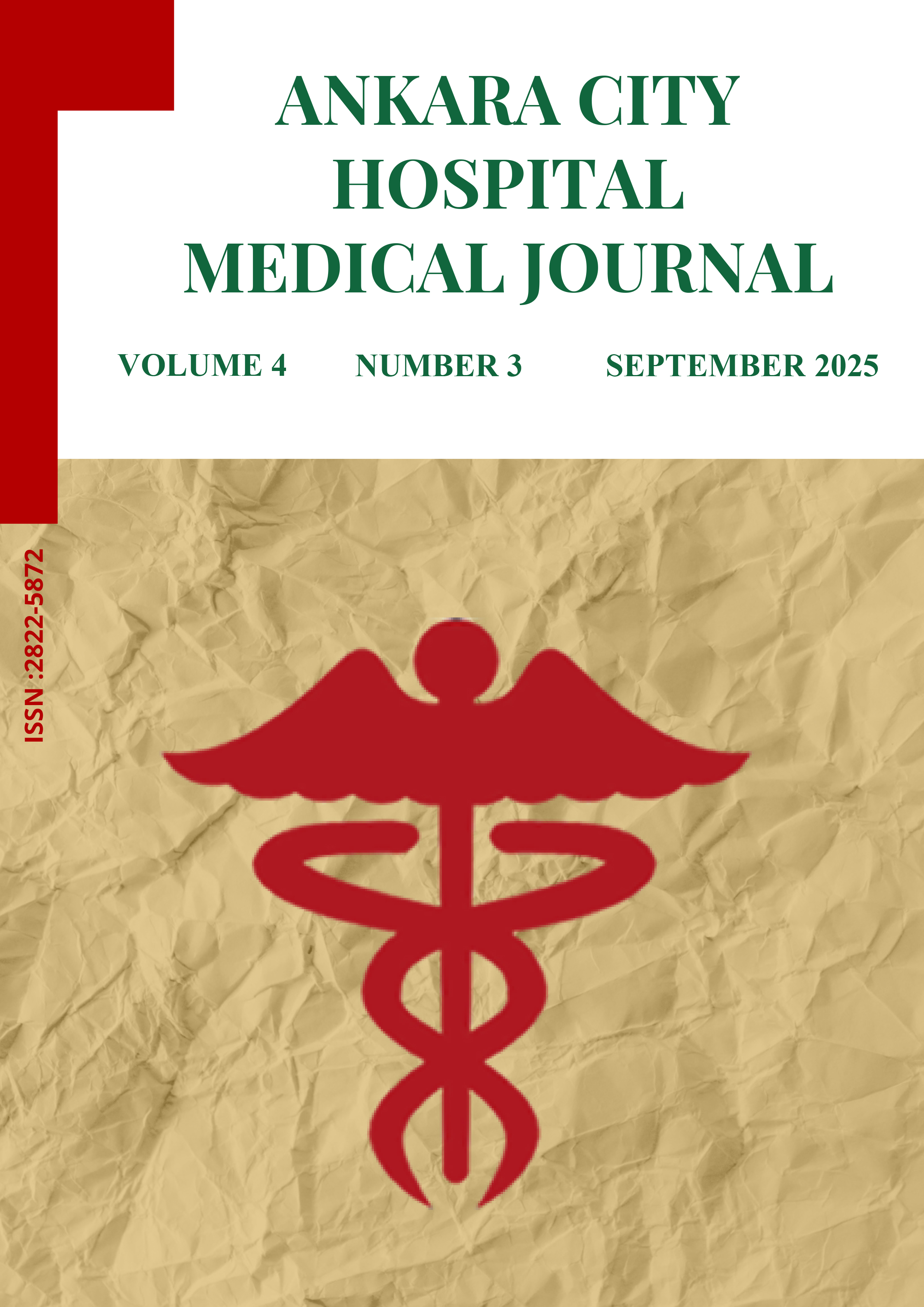
Bladder Exstrophy Reconstruction Without Osteotomy; Evaluation of 50 Cases
Süleyman Tağcı1, Gökhan Demirtaş2, Bilge Karabulut1, Tugrul Tiryaki11Department Of Pediatric Urology, Ankara City Hospital, Children Hospital, Ankara, Turkey2Department Of Pediatric Urology,Sincan Training And Research Hospital, Ankara,Turkiye
INTRODUCTION: To evaluate the outcome of our patients who underwent BE (bladder exstrophy)repair without osteotomy and to determine whether they are continent, upper urinary system functions, and complication rates.
METHODS: The data of 50 patients who applied to our clinic due to bladder exstrophy between 2010 and 2022 were analyzed retrospectively. The gender of the patients, the age of the operation, the surgical interventions, the complications detected, whether they were continent or not, and their upper urinary system functions were recorded.
RESULTS: The data of the 50 patients diagnosed with classical bladder exstrophy were evaluated and included in the study. Nine of these patients were female, and 41 were male. The patients’ mean age was 71.2 months(6-264 months). The mean follow-up period was determined to be 70.8 months. Bladder closure was performed in 13 of 50 patients, bladder closure + bladder neck repair + epispadias repair was performed in 29 patients, and augmentation was performed for eight patients. Augmentation was recommended for five patients in the follow-up, but patients did not accept it. Skin dehiscence occurred in 2 patients, and a primary suture was performed for them. Three patients were reoperated for bladder dehiscence. During the follow-ups, cystolithotripsy was performed in 3 patients,and csytolitotomy was performed in 2 patients. Bladder dehiscence developed in 1 patient after csytolitotomy, and he was operated on.25 of the 50 patients included in the study were under five years of age. The continence status of the remaining 25 patients was evaluated. Fifteen (60%) of 25 patients were found to be continent.
DISCUSSION AND CONCLUSION: Although strong advocates of bladder exstrophy repair with osteotomy exist, we recommend repair without osteotomy as an easy-to-apply and low-complication approach.
Keywords: Bladder Exstrophy, Osteotomy, Urinary incontinence
Manuscript Language: English
(258 downloaded)









